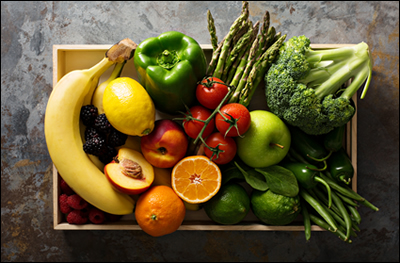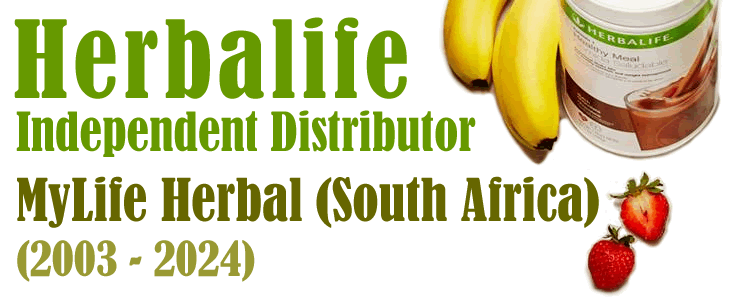Nitrates in Fruits and Veggies Promote Heart Health

The story around diet and heart health has been around long enough that most people know the drill pretty well. Watch your weight, keep your total fats and saturated fats down, and don’t be too heavy-handed with the salt shaker. Add some soluble fibre from foods like oatmeal and some healthy fish oil into the mix, and you’ve got a pretty good dietary strategy.
All good advice, to be sure. After all, a high fat diet can put weight on you, saturated fats can elevate blood cholesterol levels, and excess salt can drive up blood pressure - all of which can increase your risk for heart disease. But there’s another piece to the heart health puzzle that’s getting more attention these days - a little molecule called nitric oxide.
Nitric oxide, which is produced in cells lining the surface of the blood vessels, is a gas that dilates arteries. In turn, this aids blood flow and reduces blood pressure. It’s also a strong antioxidant, working to relieve oxidative stress in the body and reduce the threat of heart disease.
Our bodies produce nitric oxide from oxygen along with arginine, an amino acid found in abundance in protein-rich foods like nuts, beans and seafood. But there’s also another source: we can also manufacture nitric oxide from the nitrates in the foods that we eat.
When we consume nitrates in the diet, they’re absorbed in the small intestine and enter the bloodstream. About 25% of the nitrate is taken up by the salivary glands, where it’s concentrated in the saliva. Bacteria that naturally occur in the mouth then convert the nitrate to its chemical cousin, called nitrite, which is absorbed back into the system. From there, further chemical changes in blood and tissue leads to the production of nitric oxide.
You may only know nitrates and nitrites as an additive to cured meats like ham and bacon. They’re put there to primarily to preserve freshness, color and flavor. But before you start thinking that bacon is the new health food, keep in mind that it’s loaded with saturated fat and salt. And, very little of the nitrate we eat comes from cured meats.
It turns out that the majority of the nitrate we consume - between 70% and 85% - comes from vegetables and fruits, the richest sources being spinach, lettuce, celery, cauliflower, grapes, strawberries and root vegetables. Most of the rest of the nitrate we take in comes naturally in drinking water.
Fruits and vegetables have always been known as nutritional powerhouses. They’re loaded with antioxidants, fibre, vitamins and minerals, yet cost us little in terms of calories. They’re also loaded with vitamin C, which enhances the generation of nitric oxide from nitrite. But the fact that they’re also nitrate-rich just gives us yet another reason to eat them.

